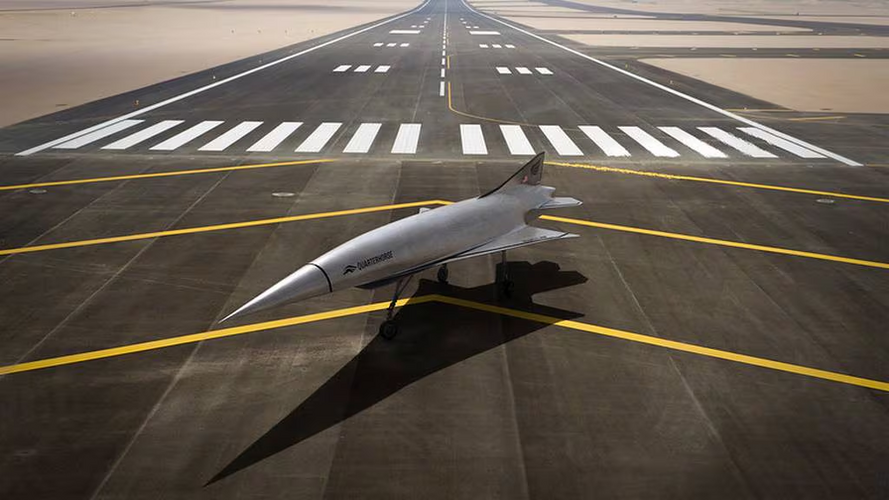If they are really serious about MIPCC, then they have a slight chance, at least on the engine side. It is a rather smart trick yet relatively straightforward. Most importantly it allows the use of a "classic" military turbofan with the usual Mach 2 speed; and then a not-too-complicated trick raise the speed to Mach 4 - something.
MIPCC is a chemical trick, not a mecanical one.
Now the airframe, that's something else entirely... titanium is difficult and expensive as frack, aluminum and composites would be toasted so - STEEL ? superalloys too but they might be expensive... although TBH, my humble knowledge stops circa 1975 with the end of the D-21 drone.
Note that back in 1998 NASA made damn interesting studies of pushing a D-21 to Mach 4 with a brand new engine.
MIPCC is a chemical trick, not a mecanical one.
Now the airframe, that's something else entirely... titanium is difficult and expensive as frack, aluminum and composites would be toasted so - STEEL ? superalloys too but they might be expensive... although TBH, my humble knowledge stops circa 1975 with the end of the D-21 drone.
Note that back in 1998 NASA made damn interesting studies of pushing a D-21 to Mach 4 with a brand new engine.











